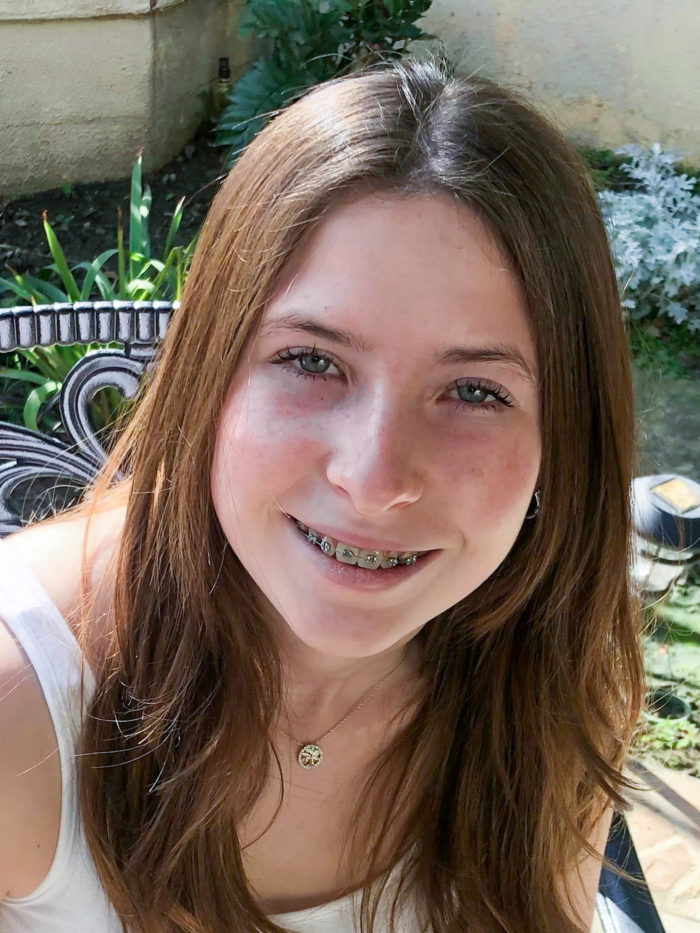Camila Marcelino loves karate and soccer.
She’s a silly and fun 5-year-old who is super social. She’s quick to give hugs and to make sure other kids feel included in all activities.
She dotes on her little brother, Eddie, 1, and she’s learned to not let her older brother, Leo, 7, give her much guff.
Camila is fluent in Spanish and English, and is approaching that level in another language:
ASL.
Born deaf and never experiencing sound until she was around 14 months old, Camila is one of the most accomplished graduates of CHOC’s Cochlear Implant Program, which in three years has grown into a high-volume center.
“We’re in the toughest market in the U.S. to start a cochlear implant program, so it’s been challenging to build up our reputation,” says pediatric otolaryngologist (ENT) Dr. Nguyen Pham, who was recruited to CHOC from Stanford University in 2012 to develop the program.
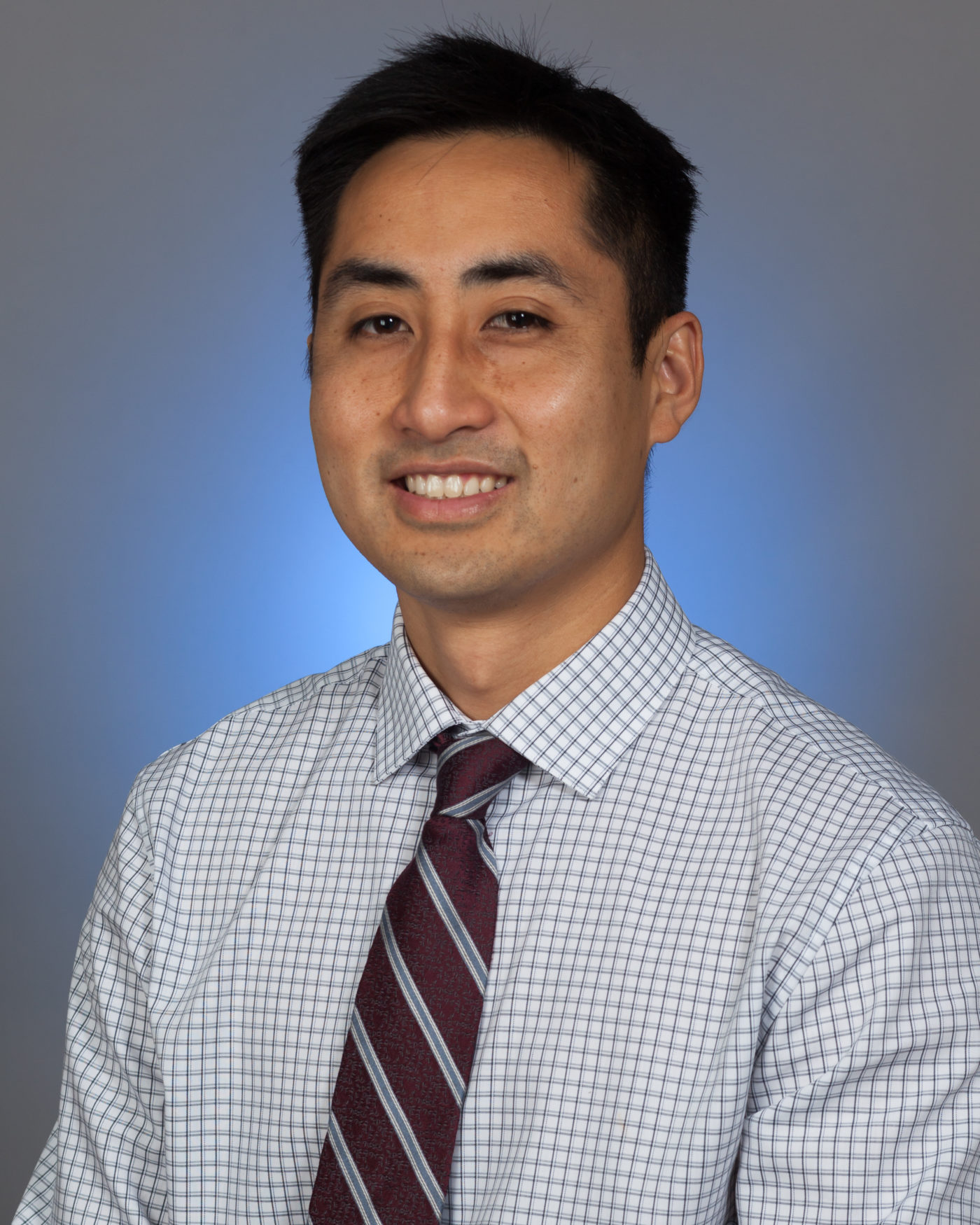
“Now we’ve hit a mass and the program is taking off,” Dr. Pham says. “It really pays forward when parents talk to each other and share their stories. We’re now considered a high-volume cochlear implant center.”
Before 2019, a total of 12 ears received cochlear implantation at CHOC.
In 2020, the total was 25.
In 2021, the total rocketed to 44.
“It’s a good reason to wake up for every day,” Dr. Valerie Guzzo says of her job as lead audiologist specializing in cochlear implants at Providence Speech and Hearing Center, which plays a key role in CHOC’s Cochlear Implant Program.
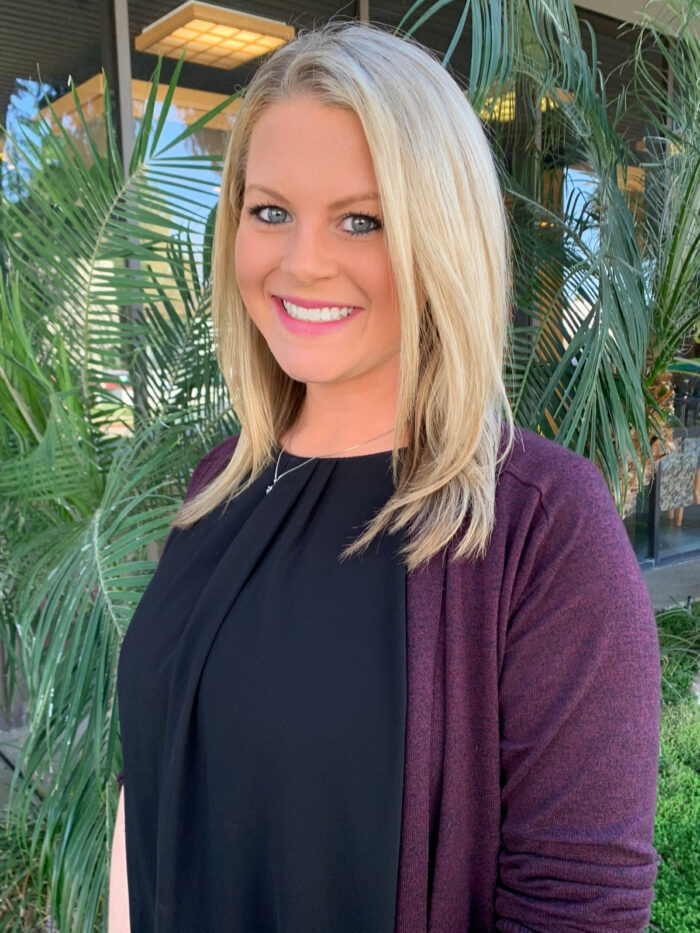
A big decision
Uziel and Lisa Marcelino weren’t too concerned when Camila failed her initial screening for hearing as a newborn.
“The nurse told us it was probably fluid in her ear and she’d be fine,” Lisa recalls.
After failing the test a second time during a follow-up visit, Camila’s parents took her to Providence Speech and Hearing for an ABR (Auditory Brainstem Response) test, in which electrodes were placed on her forehead and near her ears.
The test confirmed she had profound bilateral sensorineural hearing loss — she was deaf.
At 8 months old, Camila underwent a battery of medical and language and cognitive tests to see if she’d be a good candidate for cochlear implants — surgically implanted devices that offer the hope of gaining the ability to sense sound.
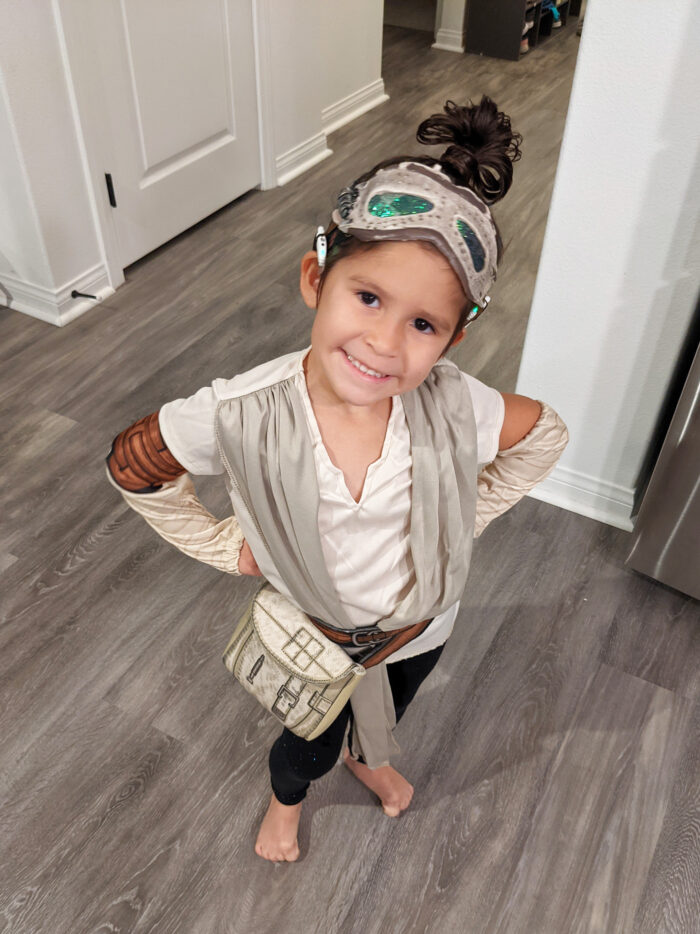
“Once we found out there was an opportunity to give our daughter a chance to hear, we talked about it and ultimately decided this would be a good thing for her,” Uziel says. “There was some fear that something could go wrong, but Providence and CHOC made us feel so comfortable, reassuring us that everything was going to be fine. We sat down with the CHOC team and decided this was the route to take.”
Adds Lisa: “We grappled with whether this was the right choice for her, mostly because she wasn’t able to make this hugely life-impacting decision for herself. Also, many members of the deaf community see being deaf as a blessing you are born with. There’s some thought about whether having cochlear implants is the right thing to do, but we really thought about it and decided to allow her to hear, and if she wants to be part of the deaf community, she can take off her implants. We saw it as really the best of both worlds.”
Hear more stories from graduates of CHOC’s cochlear implant program.
Sending signals
Cochlear implants date back to the 1970s and the surgery is considered safest in most kids around age 1.
The procedure, which typically takes three to six hours, involves drilling into the skull and implanting what is essentially a magnet and electrical wire. The wire then is threaded into the cochlea, the spiral cavity of the inner ear that contains an organ that produces nerve impulses in response to sound vibrations.
A processor connected behind the ear activates the electrodes in the inner ear, stimulating the auditory nerve, which sends the signals to the brain. The brain interprets those signals as sounds, although they are different from natural hearing.
It takes time and training to learn to interpret the signals received from a cochlear implant. Within 3 to 6 months of use, most people are able to learn how to interpret the signals and begin understanding speech.
Deafness is common. Between one and three children out of 1,000 are born with hearing loss, and for all children under 18, the incidence rate is between five and seven out of 1,000.
Preparation for cochlear implants is key
Prior to surgery, Camila began wearing hearing aids and learning American Sign Language.
Kate Quillin, the lead speech language pathologist on CHOC’s cochlear implant team, started working with Camila when she was 9 months old.
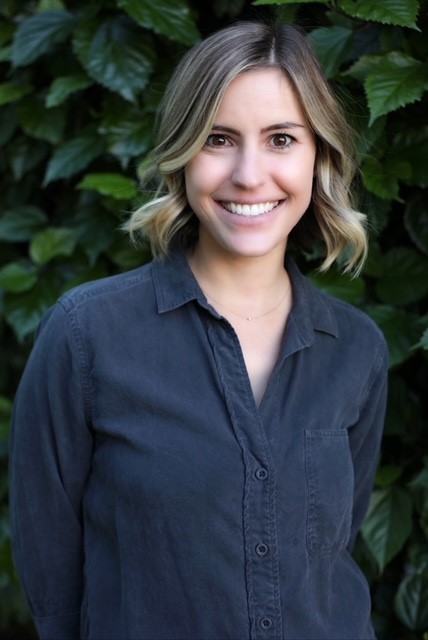
“She’s an amazing little girl,” Kate says. “A big part of my job is teaching parents what to expect and how to support their child at home. I provide them with tools to give their child a language-rich environment. I love empowering families and making them feel confident in helping their child.”
It’s important, Kate says, for parents to continue talking to their deaf child prior to cochlear implant surgery.
“Our goal is the child is eventually going to be able to hear his or her parents, and this is just a moment in time,” she explains. “Don’t just gesture – you need to talk to them. It’s really about getting them used to a routine so when they’re hearing, they will be able to quickly pick up on the auditory cues.”
One of the things that sets CHOC apart from other cochlear implant programs is close collaboration between the audiologists and the speech therapy team, Dr. Guzzo says.
“Audiology and speech therapy have the ability to co-book appointments together,” she explains. “Having a speech therapist who can assist in hearing tests and provide their input on what the child is hearing during their speech therapy appointments decreases the time it takes to program a cochlear implant for optimal hearing. Not all centers have this type of collaboration between speech and sudiology.”
Starting off slowly
Camila’s cochlear implant surgery was on Dec. 10, 2018. Most patients don’t require an overnight stay and recovery typically is not difficult, Dr. Pham says.
Four weeks later, which is standard to allow for healing, Camila’s device was activated. Her parents, brothers, and extended family were there for the big day on Jan. 11, 2019.
“We don’t want the sensation of hearing to be too overwhelming all at once,” Kate explains. “It’s kind of like a dimmer switch, but for hearing. We start out softly and look for a response, then slowly increase it. I recall Camila being really curious. Many kids cry because it’s new and unfamiliar.”
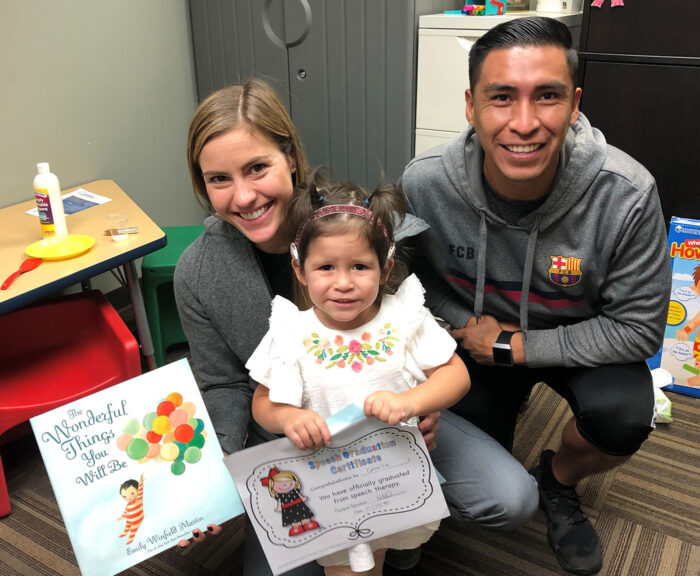
Lisa and Uziel got emotional, as did other members of Camila’s family.
After surgery, Camila had weekly therapy sessions with Kate. At home, she began connecting the ASL that she was learning to this new auditory input that she was now getting in English.
“It was the perfect bridge to oral language,” Lisa says.
The one-year checkup following surgery usually is very rewarding for members of the Cochlear Implant Program.
“I love those visits because you have a kid that went from speaking no words to now talking,” Dr. Pham says.
Parent involvement is critical
Camila graduated from speech therapy on Jan. 6, 2020. She was considered to be performing at an above-average level, and her communication was comparable to hearing peers her same age after hearing for only one year.
When she turned 2, Camila’s parents introduced her to Spanish.
“It’s very realistic for our implant patients to be as successful as Camila,” Dr. Guzzo says, “but what stands out about her is her success not only in English, but also Spanish and sign language. She’s a deaf child who can communicate in three different languages.”
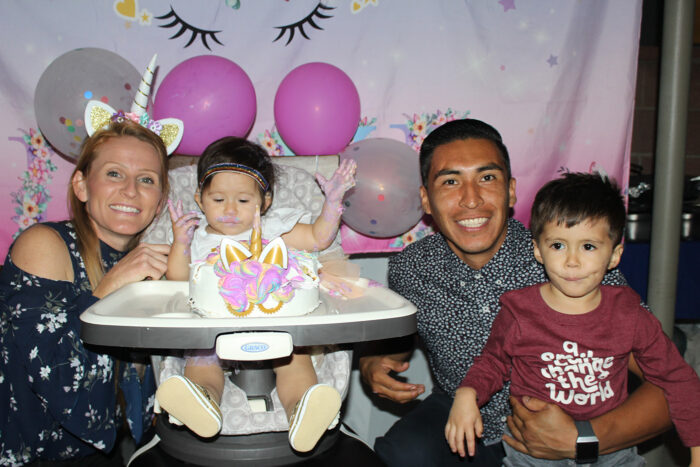
Adds Kate of Camila’s success: “You have to have this amazing combination of very involved parents who are taking every single one of your recommendations and doing it all day, every day. A big reason she was successful is because her parents were extremely involved. She’s also very bright, and she enjoys learning.”
Patients in good hands at CHOC and Providence Speech and Hearing
Dr. Guzzo joined Providence Speech and Hearing in 2018, and that’s when growth in the program really accelerated, said Dr. Pham, who with Dr. Jay Bhatt perform, on average, a combined 30 or more cochlear implants each year at CHOC.
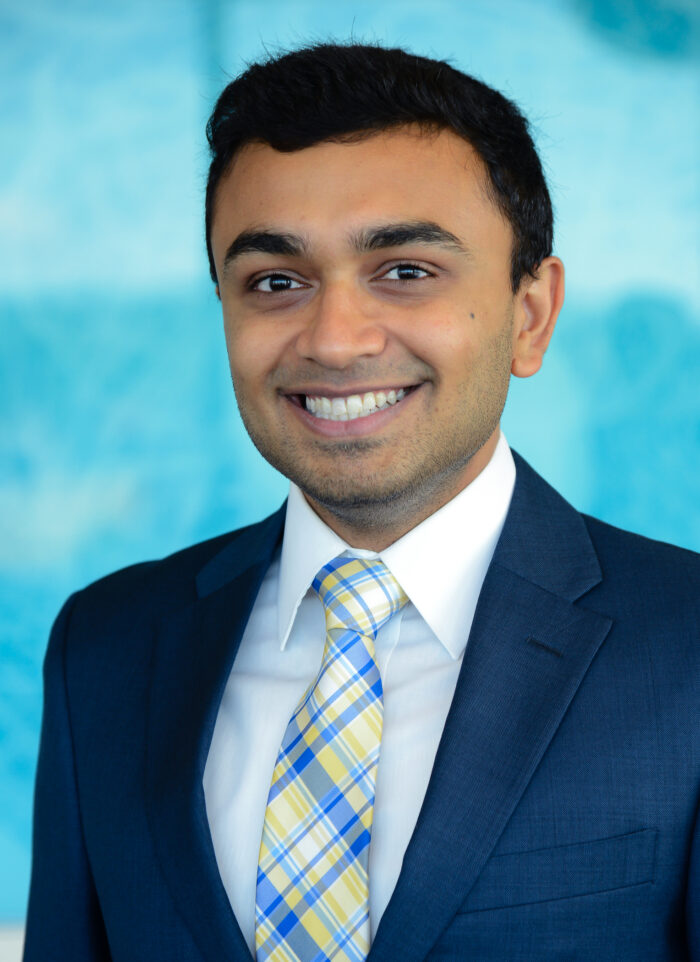
Camila’s parents praised the care Camila received at CHOC.
“We were very lucky to land in such good hands,” Uziel says. “CHOC has always shown us all the care and love they have for all their patients.”
Learn more about cochlear implants at Providence Speech and Hearing Center
Refer a patient to CHOC’s Otolaryngology (Ear, nose, and throat) program



